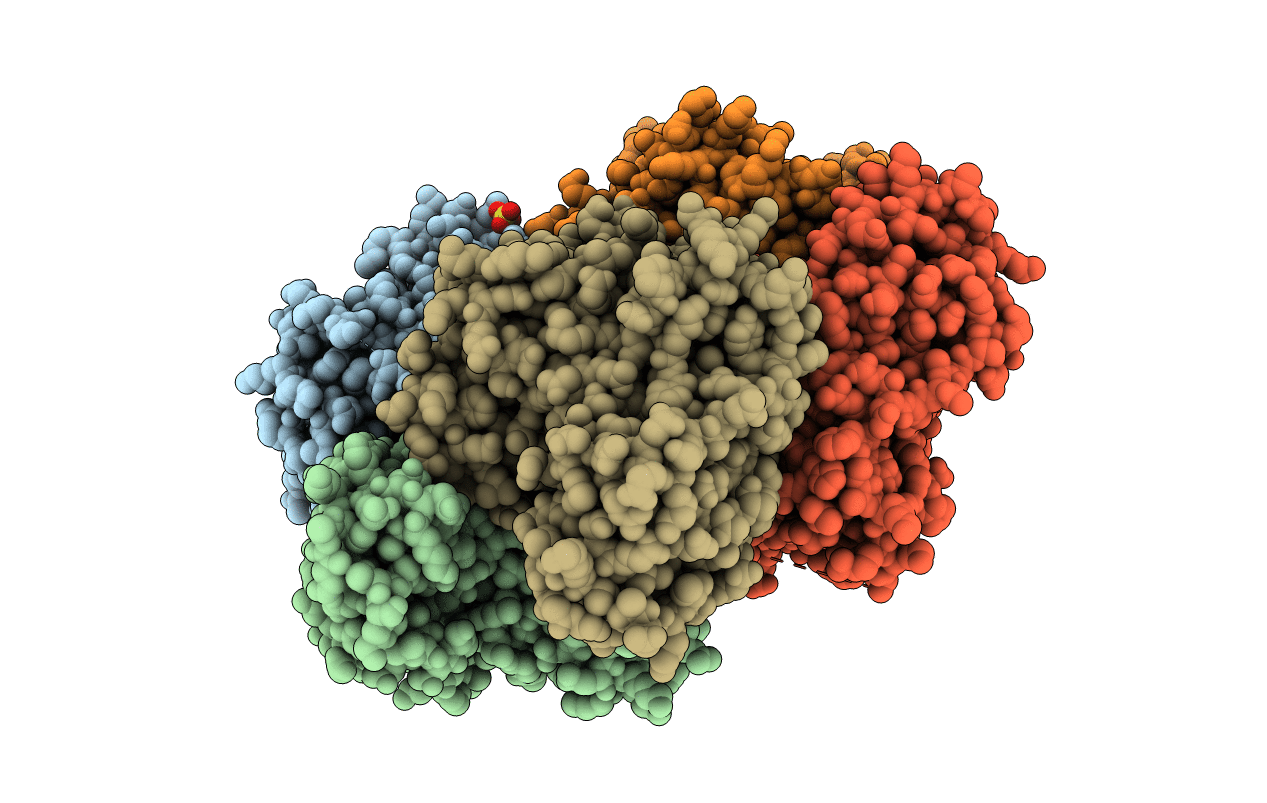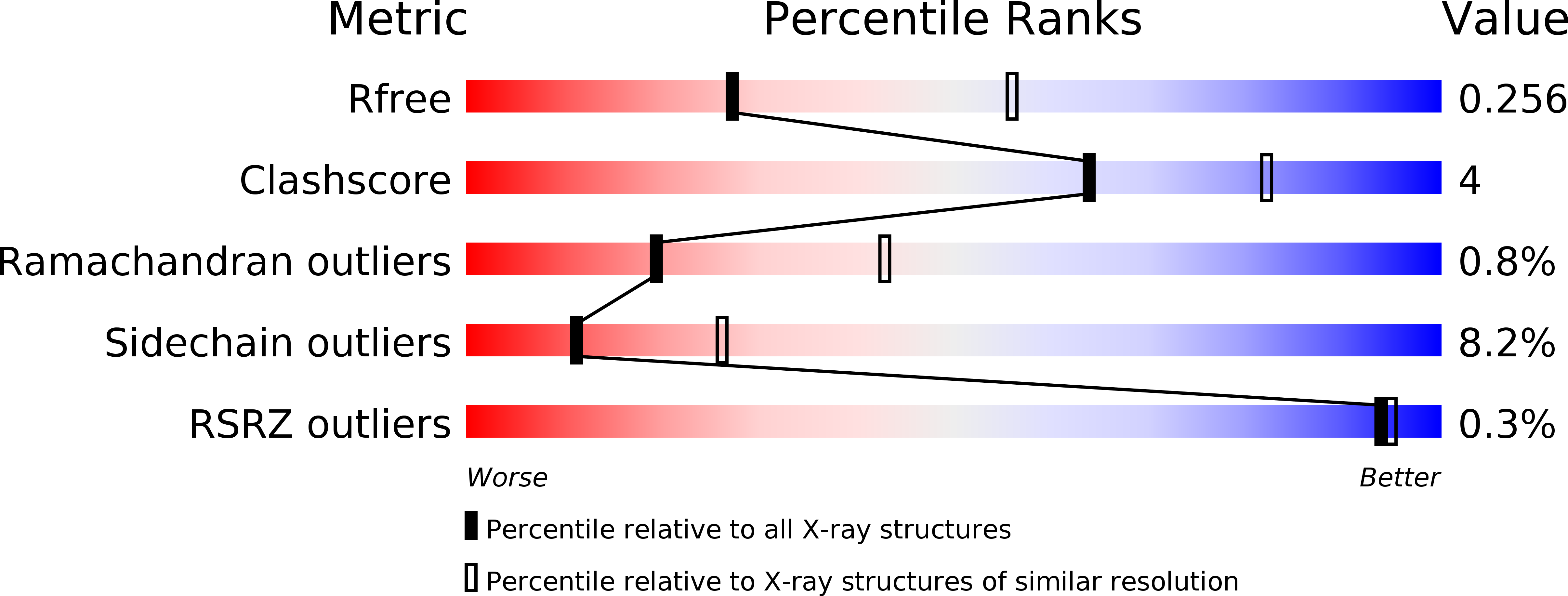
Deposition Date
2017-12-14
Release Date
2018-01-17
Last Version Date
2023-10-04
Entry Detail
PDB ID:
6BWC
Keywords:
Title:
X-ray structure of Pen from Bacillus thuringiensis
Biological Source:
Source Organism:
Bacillus thuringiensis HD-771 (Taxon ID: 1218175)
Host Organism:
Method Details:
Experimental Method:
Resolution:
2.70 Å
R-Value Free:
0.25
R-Value Work:
0.20
R-Value Observed:
0.20
Space Group:
P 1 21 1


